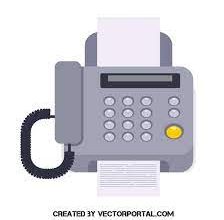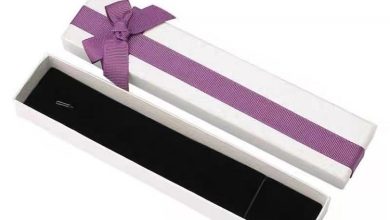Seven Things to Know About Building Mobile Game Apps from Scratch

Building your very own mobile game app from scratch is easy enough with just a cursory background in programming. It’s pretty much everything else that is difficult, such as conceptualizing your game, deciding on the language you want to use, and learning how to design an engaging mobile game that will attract users.
If you’re interested in building your own mobile game app from scratch, you likely have an inkling of the nuts and bolts of doing so. You already know at least one programming language and, at the minimum, an idea or concept of how your game will look and feel.
In this article, we focus instead on the “everything else” part of the equation.
Here are seven things you must know before attempting to build your mobile game app from scratch:
Conceptualize Your Mobile Game App
First, you must have a clear idea of what you want your mobile game to look and feel like. Will it be a casual puzzle-based app geared for distracted commuters, or will it be a flashy arcade-style game with advanced graphics?
Once you have your mobile game concept pinned down, you will have to make sure that you and your team have the necessary skills to carry out that vision.
If your ambition currently outpaces your team’s skill level, we suggest looking into online courses or study programs that will help you fill that gap. Because mobile games are extremely popular right now, there are dozens of programs that focus on mobile app development you can enroll in before going any further.
Know the Difference Between a Game Designer and a Game Developer
Simply put, a game designer handles the creative aspects of mobile game development, while the developer handles how it works.
Game designers develop and then convey their ideas in a language that is understandable to developers, and they must do so in such a way that the code can be implemented without any issues or errors.
Work on a Design Document
A design document works as a short outline of how you want your game to look and feel to players.
While there are no hard and fast rules about what a design document must contain, there are several things you always want to consider, such as the languages you plan on using, the cadence of your gameplay updates, how you want players to experience your game, and the programming skills of your team.
Decide on Software
Not all games require advanced software to create, but if you plan on developing a game with fancy graphics and seamless animations, you will likely have to use special software programs for things like 3D modeling.
In addition to the extra costs of purchasing or subscribing to these programs, you will have to make sure your current computer’s specs will be able to handle the heavy workload of such programs.
Decide on the Programming Language
If your mobile game app is a fairly straightforward concept, you may be able to use a simple programming language like HTML, CSS, or JavaScript in combination with platforms like PhoneGap.
But if your game is more complex and requires animated graphics and intricate gameplay functionality, then it’s likely that one of the many available mobile game development languages will need to be used instead.
The most popular choices include Java, Python, Swift, and the C languages (C, C#, and C++).
Test Your Game
Next, you will have to test your game before release. This is to eliminate any bugs, glitches, or game design issues before it hits the app store.
Don’t forget to test the safety measures as well, especially if your mobile game has some form of in-game purchases. To develop a secure and HIPAA-compliant app, you must ensure that the common risks of mobile apps are accounted for.
The Open Web Application Security Project’s (OWASP) top ten list of mobile risks are:
- Improper platform usage
- Insecure data storage
- Insecure communication
- Insecure authentication
- Insecure cryptography
- Insecure authorization
- Poor code quality
- Code tampering
- Reverse engineering
- Extraneous functionality
If environmental sustainability is important to you and your team, you may also want to look into making sure your game will reach net-zero emission guidelines.
Marketing Your Mobile Game App
Remember, no one will play your game if they don’t know it exists.
It isn’t enough to get your mobile game listed on the App Store or Google Play.
Look into the many ways in which you can reach out to players, including email campaigns targeted at people who have played similar mobile games before.
You may also want to develop a social media or forum presence that allows you to interact with potential fans of your game. For instance, if you are developing a role-playing game, you may want to look into subreddits, forums, or Facebook groups dedicated to role-playing game fans.
Remember that the mobile game app world is highly competitive, so don’t be discouraged if your creation doesn’t get the attention you feel it deserves right out of the gate.
Unfortunately, there is no one way to be sure that your mobile game will be a success. But if you develop your game with the player’s experience in mind, make sure it is safe to play, and market your creation effectively, you will have a much better shot at developing the next big mobile game craze.





